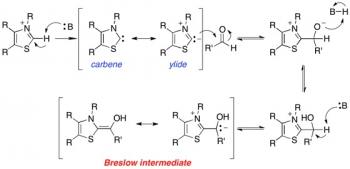An Organic Reaction is a subset of chemical reactions involving carbon-based compounds. The main organic reactions include but are not limited to additions, eliminations, substitution, and redox reactions. These reactions are usually used in conjunction to either break down organic reactants or synthesize new organic compounds.
Organic synthesis is now an area of focus, as new organic molecules are heavily depended on in the fields of pharmacology, medicine, industry as well as fabrics. Since, organic molecules in general are a lot more complex than inorganic molecules, organic synthesis has developed into one of the most important branches not only in Organic Chemistry, but also Chemistry in general.
Although Organic Reactions are considered a subset of all chemical reactions, they are no different to other chemical reactions in terms of physical/chemical rules. The same factors govern the stability of the reactants, products, as well as ultimately the outcome the organic reactions.
Another prominent way to categorize organic reactions, which may prove more useful under some contexts, is by the functional groups undergoing the reactions. For example, in the Fries arrangement, the functional group in the reactant undergoing the reaction is an ester. Thus, it would be useful to an organic chemist to not only have a list of functional groups with their corresponding reactions, but also a way to prepare each functional group.
© BrainMass Inc. brainmass.com June 30, 2024, 4:43 am ad1c9bdddf
